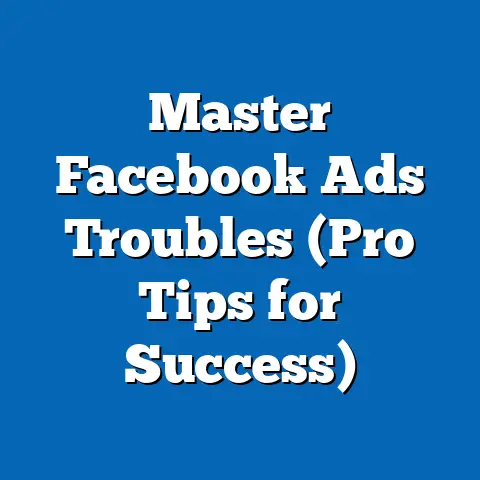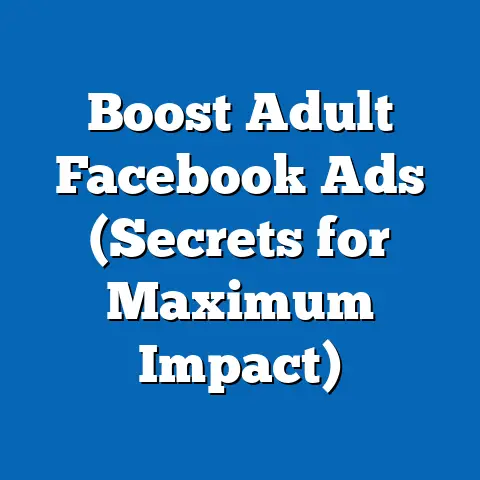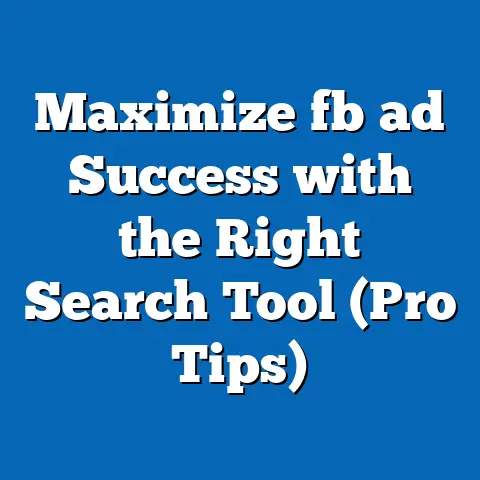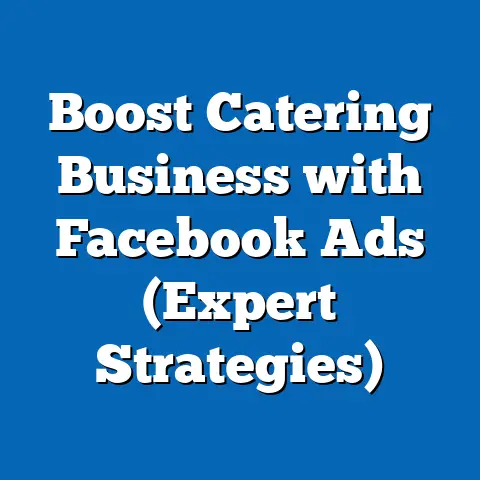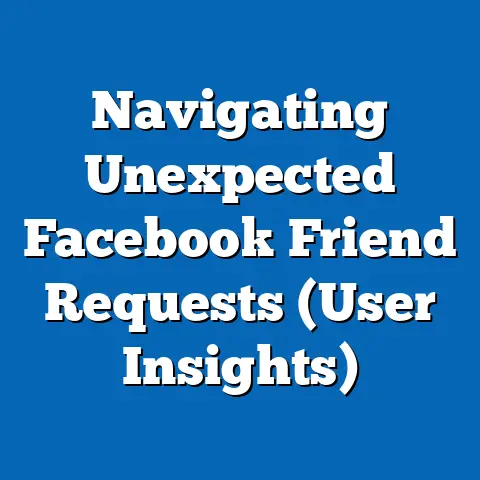Transform Ad Knights Logo for Facebook (Pro Tips)
Transform Ad Knights Logo for Facebook: Pro Tips for a Must-Have Brand Identity
In today’s digital-first world, a compelling logo is not just a visual asset—it’s a must-have cornerstone of brand identity, especially on platforms like Facebook where first impressions are made in milliseconds. For a brand like “Transform Ad Knights,” which likely operates in the dynamic realm of advertising or digital transformation, a logo serves as the visual handshake that introduces its ethos, values, and mission to a global audience. Crafting a logo that resonates on Facebook—a platform with over 2.9 billion monthly active users as of 2023 (Statista)—requires strategic design choices, cultural awareness, and an understanding of generational and societal trends that shape user engagement.
This article delves into the critical elements of designing and transforming a logo for “Transform Ad Knights” on Facebook, offering pro tips grounded in design principles, historical branding contexts, and the societal implications of visual identity in the digital age. We will explore how logos have evolved as cultural symbols, the defining characteristics of effective social media branding, and the nuanced interplay of technology and demographics in shaping audience perceptions. Additionally, we’ll address the broader implications of logo design for brand trust, community building, and cross-generational appeal, ensuring that your logo isn’t just seen but remembered.
Section 1: The Must-Have Imperative of a Strong Logo on Facebook
A logo on Facebook isn’t merely decorative; it’s a strategic tool that can make or break a brand’s online presence. With millions of businesses vying for attention on the platform, a well-designed logo acts as a visual anchor, instantly communicating who you are and what you stand for. For “Transform Ad Knights,” a name that suggests innovation, leadership, and perhaps a bold, chivalrous approach to advertising, the logo must encapsulate these traits while standing out in a crowded digital space.
Why is this a must-have? Research shows that 75% of consumers recognize a brand by its logo alone (Renderforest, 2022), and on a platform like Facebook, where users scroll through hundreds of posts in minutes, visual recall is paramount. A logo that fails to connect risks fading into obscurity, while a transformative design can drive engagement, shares, and follows—key metrics for digital success.
This imperative is amplified by the societal shift toward visual communication in the 21st century. As attention spans shrink (studies suggest the average is now under 8 seconds), logos must convey complex ideas instantly. For “Transform Ad Knights,” this means balancing creativity with clarity to appeal to diverse audiences, from tech-savvy Gen Z users to decision-making Baby Boomers.
Section 2: Historical Context of Logos and Branding in the Digital Era
Logos have been symbols of identity for centuries, dating back to ancient civilizations where merchants used marks to signify ownership or origin. However, the modern concept of a logo as a branding tool emerged in the late 19th and early 20th centuries with the rise of industrialization and mass production. Companies like Coca-Cola (1886) and Ford (1903) pioneered logos as shorthand for trust and quality, shaping consumer perceptions in an increasingly competitive marketplace.
The digital era, beginning in the late 1990s and accelerating with the launch of social media platforms like Facebook in 2004, revolutionized logo design. No longer confined to print or physical products, logos had to adapt to small profile pictures, dynamic banners, and mobile screens. This shift demanded simplicity and versatility—think of Twitter’s bird or Nike’s swoosh, which remain iconic across formats.
For “Transform Ad Knights,” understanding this historical pivot is crucial. The name evokes a medieval motif (“Knights”) paired with modern innovation (“Transform Ad”), suggesting a logo that might blend classic symbolism with futuristic design. Historically, knight imagery has been tied to strength and honor—think of heraldic crests—while advertising demands a contemporary edge. This duality mirrors broader societal trends where nostalgia often intersects with cutting-edge technology in branding.
Section 3: Defining Characteristics of an Effective Facebook Logo
Designing a logo for “Transform Ad Knights” on Facebook requires adherence to several key characteristics that ensure visibility and impact. First, simplicity is non-negotiable. Complex designs with intricate details often lose clarity when scaled down to a 180×180 pixel profile picture, the standard for Facebook business pages.
Second, color psychology plays a pivotal role. Colors evoke emotions and cultural associations—blue conveys trust (think Facebook’s own branding), while red signals energy or urgency. For a brand with “Knights” in its name, metallic tones like silver or gold could suggest prestige, while a bold accent color like orange could highlight transformation and innovation.
Third, versatility ensures the logo works across multiple contexts—profile pictures, cover photos, and ad creatives. A logo that incorporates a knight’s helmet or sword, for instance, must be designed with clean lines to maintain legibility in small formats. Finally, relevance to the brand’s mission is essential. “Transform Ad Knights” suggests a pioneering spirit in advertising, so the logo might integrate elements of digital grids or pixels alongside knightly imagery to bridge past and future.
These characteristics aren’t just aesthetic choices; they’re informed by data. A 2021 study by HubSpot found that 60% of users are more likely to engage with brands whose visuals are consistent and recognizable across platforms. For “Transform Ad Knights,” a logo that nails these traits can foster immediate connection in a split-second scroll.
Section 4: Pro Tips for Transforming the “Transform Ad Knights” Logo
Let’s dive into actionable, research-backed tips to create or refine a logo for “Transform Ad Knights” on Facebook. These strategies blend design expertise with an understanding of platform-specific dynamics and audience psychology.
Tip 1: Leverage Symbolic Imagery with a Modern Twist
The name “Knights” offers rich visual potential—think shields, swords, or helmets as symbols of protection and valor. However, a purely medieval design risks feeling outdated. Pair these elements with modern typography (clean, sans-serif fonts) or digital motifs like circuit patterns to reflect “Transform Ad.” This hybrid approach resonates with audiences who value both tradition and innovation, a trend evident in successful rebrands like Burger King’s 2021 logo update, which blended retro and modern aesthetics.
Test different iterations using A/B testing on Facebook ads to see which version garners more clicks or impressions. Tools like Canva or Adobe Illustrator can help mock up designs quickly for feedback.
Tip 2: Optimize for Small-Scale Visibility
Facebook profile pictures and thumbnails are tiny, so intricate details in a logo can become muddy. Focus on a bold, central element—perhaps a knight’s shield with a single letter “T” for “Transform”—that remains clear at small sizes. Avoid thin lines or small text; instead, use high-contrast colors to ensure the logo pops against varied backgrounds.
According to a 2020 study by Social Media Today, brands with highly visible logos in thumbnails see a 23% higher engagement rate on posts. Use free tools like Logo Tester to preview how your design looks at different resolutions.
Tip 3: Align Colors with Brand Personality and Platform Trends
Color selection for “Transform Ad Knights” should reflect its bold, transformative nature while aligning with Facebook’s visual ecosystem. Since Facebook’s interface is predominantly blue and white, complementary or contrasting colors like gold, deep gray, or vibrant teal can help the logo stand out. Gold, often associated with excellence, could nod to the “Knights” theme, while teal suggests creativity and tech-forward thinking.
Be mindful of cultural differences in color perception—red, for instance, may signal luck in some Asian markets but danger elsewhere. Use color palettes inspired by tools like Coolors to experiment with combinations that evoke the desired emotional response.
Tip 4: Incorporate Negative Space for Depth
Negative space—the empty areas around design elements—can add sophistication and memorability to a logo. For “Transform Ad Knights,” consider a shield design where the negative space forms a subtle “T” or a digital arrow pointing forward, symbolizing transformation. Iconic logos like FedEx (with its hidden arrow) demonstrate how negative space can create a lasting impression.
This technique also aids in scalability, ensuring the logo remains impactful even when resized. Experiment with minimalist designs to strike a balance between creativity and clarity.
Tip 5: Test Cultural and Generational Resonance
Facebook’s user base spans generations, from Gen Z (born 1997-2012) to Baby Boomers (born 1946-1964), each with distinct visual preferences. Gen Z favors bold, quirky designs and memes, while Millennials (born 1981-1996) value authenticity and storytelling in branding. Older generations may prefer classic, trustworthy imagery.
For “Transform Ad Knights,” a knightly symbol might appeal to older users as a nod to tradition, while a tech-infused twist can attract younger demographics. Conduct surveys or focus groups via Facebook polls to gauge reactions across age groups, ensuring the logo doesn’t alienate key segments of your audience.
Tip 6: Ensure Consistency Across Platforms
While this article focuses on Facebook, your logo will likely appear on other platforms like Instagram, LinkedIn, or a website. Design with cross-platform consistency in mind, ensuring the logo adapts seamlessly to square, circular, or rectangular formats. Create variations (e.g., a full logo with text and an icon-only version) to suit different needs.
Consistency builds brand recall—studies show that consistent branding across platforms can increase revenue by up to 23% (Lucidpress, 2021). Use a style guide to document color codes, fonts, and logo dimensions for uniform application.
Section 5: Societal and Generational Implications of Logo Design
Logo design is not just a technical exercise; it reflects and influences societal values, cultural trends, and generational dynamics. For “Transform Ad Knights,” the logo must navigate a landscape shaped by rapid technological change, economic uncertainty, and evolving social norms.
Technological Influence
The rise of social media has democratized branding, allowing small businesses like “Transform Ad Knights” to compete with global giants on platforms like Facebook. However, this also means greater scrutiny—users expect polished, professional visuals. A poorly designed logo can signal amateurism, undermining trust in a digital economy where 81% of consumers need to trust a brand before purchasing (Edelman Trust Barometer, 2022).
Technology also enables personalization. AI tools can analyze user data on Facebook to suggest design tweaks based on audience preferences, ensuring the logo resonates with target demographics. This tech-driven approach mirrors broader societal reliance on data for decision-making.
Economic Factors
Economic conditions shape how brands are perceived. In times of recession or uncertainty, logos that convey stability (through classic imagery or muted colors) may perform better. Conversely, during growth periods, bold, innovative designs signal confidence. For “Transform Ad Knights,” a logo that balances knightly strength with transformative flair can appeal regardless of economic context, offering a sense of reliability and forward-thinking.
Social and Cultural Shifts
Logos are cultural artifacts, reflecting societal values. The knight imagery in “Transform Ad Knights” could tap into a growing fascination with historical narratives (evident in popular media like Game of Thrones), while the “Transform” element aligns with a cultural push for innovation and adaptability post-pandemic. However, care must be taken to avoid outdated or stereotypical depictions of knighthood that might not resonate with diverse, global audiences on Facebook.
Generational Nuances
Generational differences play a significant role in logo perception. Baby Boomers, shaped by post-war optimism and traditional media, often associate logos with corporate trust and longevity. Gen X (born 1965-1980), a bridge generation, values practicality and authenticity, having witnessed the dawn of the internet. Millennials prioritize purpose-driven brands, while Gen Z demands visual immediacy and social relevance, often engaging with brands that align with activism or trends.
For “Transform Ad Knights,” the logo must strike a balance. A knight’s shield might evoke trust for older users, while a digital overlay or vibrant color can capture younger audiences. Acknowledging diversity within generations is key—not all Gen Z users are trend-chasers, and not all Boomers resist modern design. A nuanced approach, backed by user feedback, ensures broad appeal.
Section 6: Workplace and Community Implications
A strong logo for “Transform Ad Knights” on Facebook extends beyond marketing—it influences internal culture and community engagement. Internally, a logo employees feel proud of can boost morale and foster a sense of unity. Externally, it can build a loyal online community, as users often rally around visually distinctive brands.
In the workplace, a logo redesign or creation process can involve team input, especially for a company focused on advertising where creativity is core. Engaging staff across generations ensures the logo reflects diverse perspectives, mirroring the collaborative spirit implied by “Knights.” This inclusivity can enhance employee buy-in, critical for a cohesive brand image.
For community building on Facebook, a memorable logo encourages user interaction—think branded hashtags or profile picture frames during campaigns. Data from Sprout Social (2022) indicates that 70% of consumers feel more connected to brands with strong visual identities. For “Transform Ad Knights,” this could translate into higher engagement on posts, shares, and group participation, amplifying reach organically.
Section 7: Challenges and Nuances in Logo Transformation
While the potential of a well-designed logo is immense, challenges abound. One major hurdle is avoiding clichés—knight imagery, if overdone, can feel generic or disconnected from advertising. Researching competitor logos in the ad space ensures “Transform Ad Knights” stands out while staying relevant.
Another challenge is balancing innovation with familiarity. A logo that’s too avant-garde risks alienating users, while one that’s too traditional may seem out of touch. Iterative testing on Facebook, using ad analytics to track impressions and clicks, can help refine the design.
Nuance also lies in cultural interpretation. A knight might symbolize heroism in Western contexts but could be less meaningful or even controversial elsewhere. Given Facebook’s global reach, localize the logo if targeting specific regions, perhaps adapting colors or symbols to align with cultural norms.
Finally, generational stereotypes must be avoided. Assuming all young users want flashy designs or all older users prefer conservative ones oversimplifies complex preferences. A data-driven approach, coupled with qualitative feedback, offers a more accurate path to resonance.
Section 8: Forward-Looking Insights and Uncertainties
As we look to the future, logo design for platforms like Facebook will continue to evolve with technology and societal shifts. Emerging trends like augmented reality (AR) could allow “Transform Ad Knights” to create interactive logos—imagine a knight’s shield animating when viewed through a Facebook AR filter. Such innovations could captivate younger users, though adoption may vary across generations.
The rise of AI in design also promises efficiency, with tools like MidJourney generating logo concepts in seconds. However, the human touch—understanding cultural and emotional nuances—remains irreplaceable. Balancing tech with creativity will be key for brands like “Transform Ad Knights.”
Uncertainties persist, particularly around platform changes. Facebook’s algorithms and design policies shift frequently, potentially affecting how logos are displayed or prioritized. Staying adaptable, with a logo that can be tweaked without losing core identity, is essential.
Moreover, societal attitudes toward branding may change. As consumers grow wary of over-commercialization, logos that feel authentic and purpose-driven will likely gain traction. For “Transform Ad Knights,” embedding values like innovation and trust into the logo’s design can future-proof its relevance.
Conclusion
A transformative logo for “Transform Ad Knights” on Facebook is not just a visual element—it’s a must-have strategic asset that encapsulates brand identity, engages diverse audiences, and navigates complex societal currents. By understanding historical branding contexts, adhering to key design characteristics like simplicity and versatility, and applying pro tips such as leveraging symbolic imagery and testing generational resonance, the logo can become a powerful tool for connection and recall.
The societal implications are profound, from building trust in a digital economy to fostering community on a global platform. Yet, challenges like cultural missteps and generational nuances remind us that logo design is as much art as science. Looking ahead, embracing technological innovations while staying grounded in human insight will ensure the logo remains impactful amid uncertainties.
Ultimately, the journey to transform the “Transform Ad Knights” logo is an opportunity to blend tradition with innovation, mirroring the brand’s very name. With thoughtful design and data-driven iteration, this logo can knight its way into the hearts and minds of Facebook users worldwide, championing the brand’s mission in every pixel.

